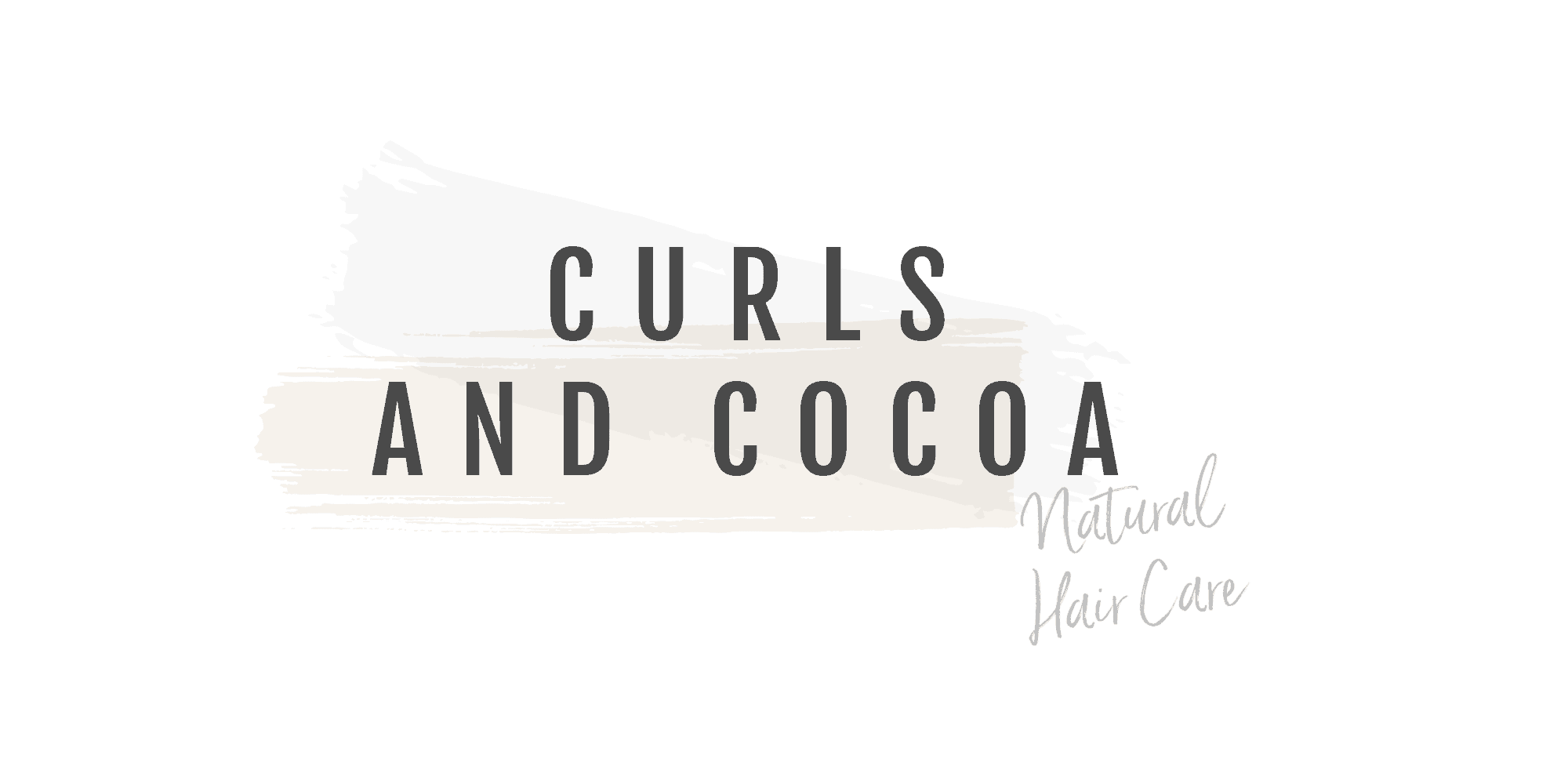If you really want to get a good grasp on your natural hair then its important that you go a little deeper when trying to understand what your hair wants and what it needs.
Learning how to grow high porosity hair is part of that.
In order to fully understand your hair, you need to learn a little science behind it. Don’t get scared off by that.
I’m not saying that you need to open up a science lab and begin putting your hair under the microscope but there a few basic things that you should be aware of when it comes to your natural hair.
Knowing your hairs porosity level is really important. I have spoken about low porosity in the past but today I want to discuss high porosity hair and how to grow high porosity hair.
To start off let’s take a look at what high porosity hair actually is.
***Please note that this site uses affiliate links if you would like to read the legal stuff you can find it here

What Is High Porosity Hair?
It’s important to know your hair’s porosity because it helps you to understand your hair’s structure. Your hair can technically look the same as someone else’s but the same products may not work depending on what your hair porosity levels are like.
In simple terms, porosity is the ability at which your hair can absorb and retain moisture.
Typically there are 3 types of porosity levels, low, normal and high.
If your hair has high porosity it means that your hair can soak up a lot of water but it struggles to retain that moisture.
Hair strands are made up of three layers:
Cuticle – The outer part of the hair strand (think roof shingles)
Cortex – The next level of the hair inside the cuticle. This is typically made up of long proteins
Medulla – The innermost layer of the hair (source)
Depending on how the cuticles of your hair are laid will make a difference in how much moisture your hair can absorb.
In high porosity hair, the cuticles are too far apart which allows the hair to take in moisture but that same moisture is easily lost because the moisture can find its way out just as easily as it can find its way in.
Low porosity hair is the opposite of this. The cuticles are too closely knitted together and therefore it makes it difficult for water to penetrate the strand and water to be absorbed.
Normal porosity is what you want to aim for. In normal porosity hair, the cuticles are perfectly spaced meaning that it allows your hair to absorb water and keep it moistured.
Related post: How to keep high porosity hair moisturised
How Can You Tell What Level Of Porosity Your Hair Has?
That’s a great question because you need to know what level of porosity your hair has. Thankfully you can do this with a pretty simple test.
- Get a clean glass of water
- Put a strand of your hair into it
- Wait to see what happens to the strand of hair.
If the stand sinks quickly to the bottom it means that you have high porosity hair
If the strand stays at the top of the water for a long time before sinking you have low porosity hair
If the strand floats somewhere in the middle for a little while before sinking, you have medium porosity.
Make sure that when you do this test you do it on clean hair. If your hair has too many products it could affect the results of the test.
Related post: How to test hair porosity for better hair care
What Are The Signs Of High Porosity Hair?
Some of the most common characteristics of having high porosity hair are:
- Rapid moisture loss
- Frizzy hair
- Dry feeling hair
- Your hair tangles easily
- Dull looking hair
- Prone to breakage
Related post: 6 Signs of high porosity hair you need to know
Common Causes Of High Porosity Hair
When you have high porosity hair it is usually because something has gone wrong somewhere along the line. Hair that is healthy the cuticles should lay flat but in high porosity hair, this is not the case.
If the cuticles of your hair are damaged and therefore are not laying flat then it is usually something that we have done that has caused it.
Having said this having high porosity hair does not always mean that your hair is damaged If you are transitioning from relaxed to natural that could mean that you have a mixture of porosity levels happening with your hair.
The main causes of high porosity hair are:
- Over manipulation of your hair
- Heat damage or over-processing
- Colour damage

How To Grow High Porosity Hair
If you have discovered that you have high porosity hair all is not lost. It does not mean that you have to do the big chop and start again.
Here are 6 things you can do to help grow high porosity hair.
1. Protein Treatments
If your hair has high porosity then it is entirely plausible that you have gaps in your hair strand too. These gaps can cause your hair to snap and break very easily.
Giving your hair a protein treatment from time to time can help to strengthen it.
When you add protein to your hair it essentially fills in those gaps in your hair to help strengthen the strands and stop it from breaking so easily.
You should definitely incorporate this into your hair regimen if you have high porosity hair.
I would recommend you try this protein treatment.
2. Deep Conditioning
Deep conditioning high porosity hair is extremely important because it helps to add back the moisture that would be otherwise lost.
When you deep condition your hair it moistures your hair much more deeply than just the outer layer of the hair strand.
You will find that this will help to bring your hair back to life. Make sure to follow the manufacturers instructions to get the full benefits from it.
One of my favourite deep conditioners is this one.
3. Apple Cider Vinegar
If you haven’t tried apple cider vinegar in your hair before you should definitely give it a try. The good thing about ACV is that it helps to balance your hair’s pH balance and flatten your cuticles.
This is the best type of apple cider vinegar to use in your hair.
4. Aloe Vera
Applying aloe vera to your hair can help to seal in moisture. You can do this by adding a little to your spray bottle mixed with water and lightly spritz your hair with it. You can pick up some aloe vera juice from here.
5. Use Heavy Products That Contain Oils
Using heavy products can also help to seal in moisture into your hair. Creams such as shea butter and mango butter are very thick and can help to keep your stands protected and moisture locked in.
Heavy oils such as castor oil and olive oil can also have the same effect by keeping your strands coated and moisture locked in.
6. Use The LOC Method
The LOC method is absolutely great for helping you to seal in moisture.
Start with a liquid, then an oil and then a cream. If you are not sure about the LOC method then you can read more about it here.
Things To Avoid If You Have High Porosity Hair
After washing your hair try to rinse using lukewarm water and not hot water. Lukewarm water will help to close the cuticles and will seal in moisture whereas hot water will further open the cuticles probably causing more damage.
Avoid towel drying your hair as this can take away too much moisture from your hair, use a t-shirt instead.
Minimise the use of heat on your hair. If you do need to blow dry your hair do so on a low heat setting instead.
Products for high porosity hair
Final Thoughts On Growing High Porosity Hair
Having high porosity hair doesn’t have to feel like the worst thing in the world. If you use the strategies mentioned above you can learn how to grow high porosity hair in the best way possible so that your hair can grow healthy and long.
Related posts:
Does high porosity hair need protein?
Can you change your hair type?
Should you be using the LOC or the LCO method?

